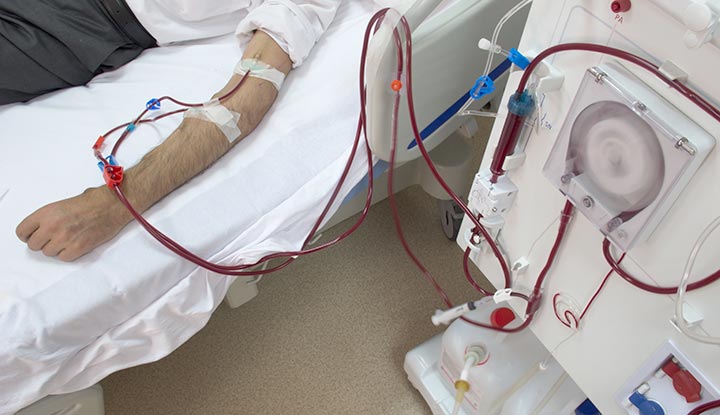Dialysis

Dialysis
Dialysis is a procedure that removes excess fluid and waste products from the blood when the kidneys are no longer functioning properly:<br><br> How it works:<br> Dialysis can involve diverting blood to a machine to be cleaned, or using a solution to draw waste and excess fluid from the blood into the belly. <br><br> Types:<br> There are different types of dialysis, including hemodialysis and peritoneal dialysis. <br><br> When its used:<br> Dialysis can be a temporary treatment until the kidneys repair themselves, or it can be a permanent treatment for people with chronic kidney disease.<br><br> Side effects:<br> Side effects of dialysis can include muscle cramps, high or low blood pressure, and high phosphate levels. However, these side effects can be avoided by following a kidney diet and fluid restrictions. <br><br> Pain:<br> The dialysis treatment itself is usually painless, but the sensation of filling the abdomen with fluid can be uncomfortable at first.












